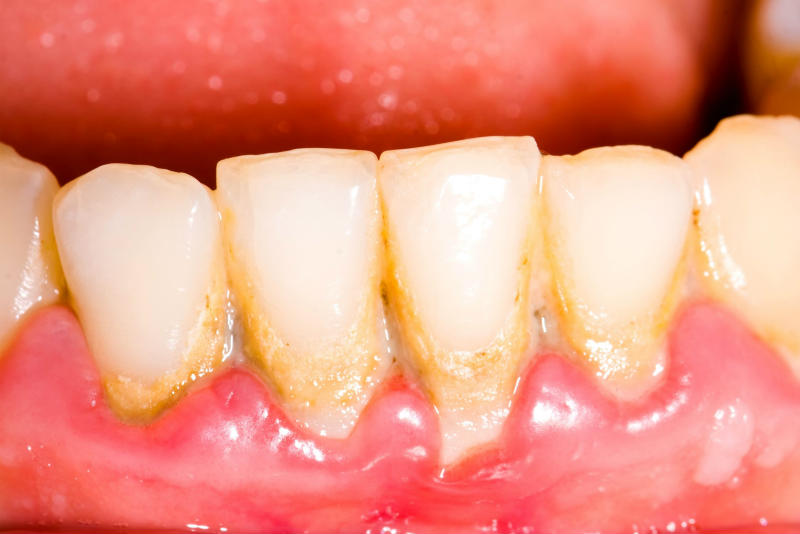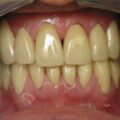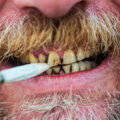“Calcium deposits” known more commonly as tartar or calculus are hardened layers of plaque or dental biofilm. Tartar is made of calcium phosphates, among other compounds, and looks white or off-white, so you may hear it called calcium.
Did you know 68% of adults have Calcium deposits which can form anywhere on the tooth surface? It can be especially troublesome when it builds up between the teeth because many people neglect to clean their teeth with floss, water flossers, or other interdental cleaners. Tartar irritates the gums and serves as a rough surface where disease-causing bacteria can collect, leading to periodontal disease and even inflammation in other parts of your body.
How Do Calcium deposits Affect Teeth and Gums?
Calcium deposits can make it harder to brush and floss as you should. This can lead to cavities and tooth decay. Any Calcium deposit that forms above your gum line could be bad for you. That’s because the bacteria in it can irritate and damage your gums. Over time, this might lead to progressive gum disease.
The mildest form of gum disease is called gingivitis. It can usually be stopped and reversed if you brush, floss, use an antiseptic mouthwash, and get regular cleanings from your dentist. If not, it can get worse, to the point where pockets form between the gums and teeth and get infected by bacteria. That’s called periodontitis. Your immune system sends chemicals to fight back and they mix with bacteria and the stuff it puts out. The resulting stew can damage the bones and tissues that hold your teeth in place. Also, some studies link the bacteria in gum disease to heart disease and other health problems. SEE: Why Are My Teeth Yellow When I Brush Them Everyday?
How To Get Rid Of Calcium Deposits On Teeth
Only a dental professional can remove tartar buildup on your teeth. They will scale the teeth with instruments specifically designed for this purpose. These tools can be metal-tipped hand instruments or ultrasonic tools that use specific wavelengths to remove tartar. If it’s been a while since you’ve visited your dental hygienist, scaling may take more than one visit. If the tartar on the tooth surface is deep below the gum line, you may need deep cleaning with local anesthesia to ensure your comfort.
Dental hygienists are trained and knowledgeable about working with patients, and they provide optimal oral health preventive care. You should never try to scale your teeth at home, whether with store-bought dental kits or household objects like toothpicks. Trying scaling at home may damage your enamel or lead to further inflamed or bleeding gums.
Home Remedies
For those with challenges seeing a dentist, the following remedies can help;
Brush with Baking Soda
Try using baking soda instead of toothpaste. This natural cleaner should be left on your teeth for about 15 minutes after your normal brushing routine to really help nip the plaque away. It can also help whiten your teeth and freshens your breath!
Orange Peel Paste
Try taking the inside of an orange peel and mixing it with water to create a paste. Not only does it smell lovely but is a great way to get rid of Calcium deposits. This everyday ingredient is commonly found in your kitchen, making it is easy to access.
Aloe Vera
Gliding some aloe vera gel along your teeth can help remove calcium deposits. Aloe vera is a plant with many antioxidant and antibacterial properties that can assist in healing burns and reducing constipation. You can keep this plant around for every part of your body, not just your oral cavity. Also Read: How To Whiten Teeth With Lemon





